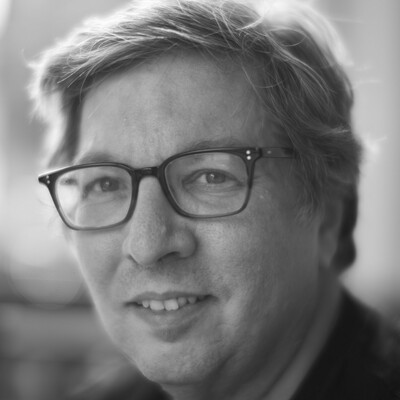- cross-posted to:
- [email protected]
- cross-posted to:
- [email protected]
Waldorf-Astoria Hotel (with Neighbors), NYC, 2017.
All the pixels, excluding taxes, resort fees, and tips, at https://www.flickr.com/photos/mattblaze/32609074081/
#photography
This was captured with a DSLR and a 19mm shifting lens, from a balcony of another building.
It’s mostly an exercise in angles and symmetry. The vaguely wedge-shaped dark cloud that appeared overhead, following the lines of the buildings, created a fortuitous moment.
The Waldorf was closed for an extensive renovation shortly after this was made and has not yet fully re-opened. Many of the rooms are being converted into condo apartments.
The Waldorf-Astoria is perhaps New York’s most prominent monument to jazz age luxury and glamor. It’s been the traditional residence for US presidents and foreign heads of state when in town (the “presidential suite” was meant rather literally there).
Built over the below-grade railyard of Grand Central Terminal, the hotel was equipped with a private rail siding and platform where guests could park their personal railcars(!). (Andy Warhol once threw a party on the platform.)
@[email protected] Track 61 as I recall. Brassy elevator doors are still there, last time I looked it had a discreet MTA emergency phone number sign on it.
@fuzzface If I remember correctly, there are two doors at either end, one is the brass door at the Waldorf, and the other is a block south in the alley next to the Barclay. The platform is still there, but I don’t think guests of either hotel have taken much advantage of it recently.
@[email protected] Agreed. I’ve seen some rumblings that it is considered as a backup evac route for VIPs when they are in town. But, nothing definite… nor would I expect there to be.
@[email protected] I’ve heard that too, but I’m skeptical that it was ever a serious contingency plan. The track layout makes it a rather poor choice for a quick escape, since it would require a fairly lengthy set of reverse switching moves from the siding to get lined up for the Park Avenue tunnel.
@[email protected] Understood. Might be an urban legend, or risk accepted, no way to know.
@[email protected] These posts always make me want to try photography. Then I remember I don’t have an artistic bone in my body. I still enjoy them though.
@[email protected] maybe you’re wrong about not being artistic! I make photographs mostly because I can’t draw.
Feel free to tell me I’m dizzy, but:
I find correctly perspective corrected images to make the buildings look top-heavy. You’ve got the lines straight and parallel, but what I’d want would be a perceptually realistic (yes, that doesn’t mean anything: sue me) rendering. And I don’t know how to do that.
I let my Canon 24 TSE II go because with the adaptor it was just too much of a clunker on a mirrorless. Sigh. So I haven’t put in anywhere near the amount of effort this deserves.
@djl I think a lot of what looks “correct” has to do with learned expectations. If you look at photos of architecture from, say, 100 years ago, the majority display carefully aligned vertical lines, because most cameras had movements that made that easy. As small cameras (without movements) became more common even in professional use, that expectation declined.
@djl Also, if you look at *paintings* from the same period, you often see the opposite, with highly exaggerated perspective effects that photography of the time generally avoided. (See, for example O’Keeffe’s skyscraper paintings).
Matt: Looking at more images is, of course, good advice. You’ve mentioned in the past several names I wasn’t aware of, so, thanks.
I got stuck on the Minor White/Ansel Adams axis in high school (68-72 or so) when every issue of Aperture was jaw-dropping amazing. I really wanted to study with Minor White (who was at MIT when I was), but realized a hyperactive computer nerd might grate on White’s sensibilities…
An attempt from those days…
@[email protected] Well that’s just lovely



